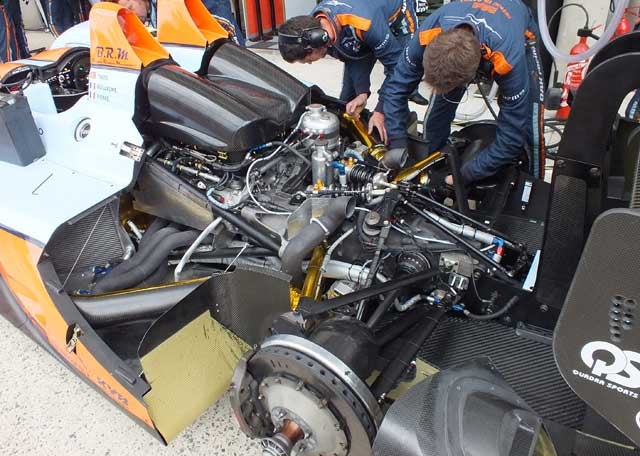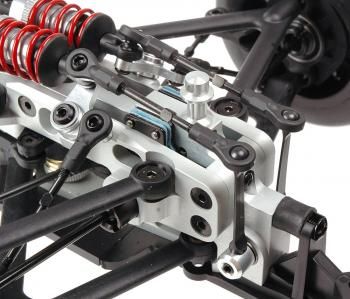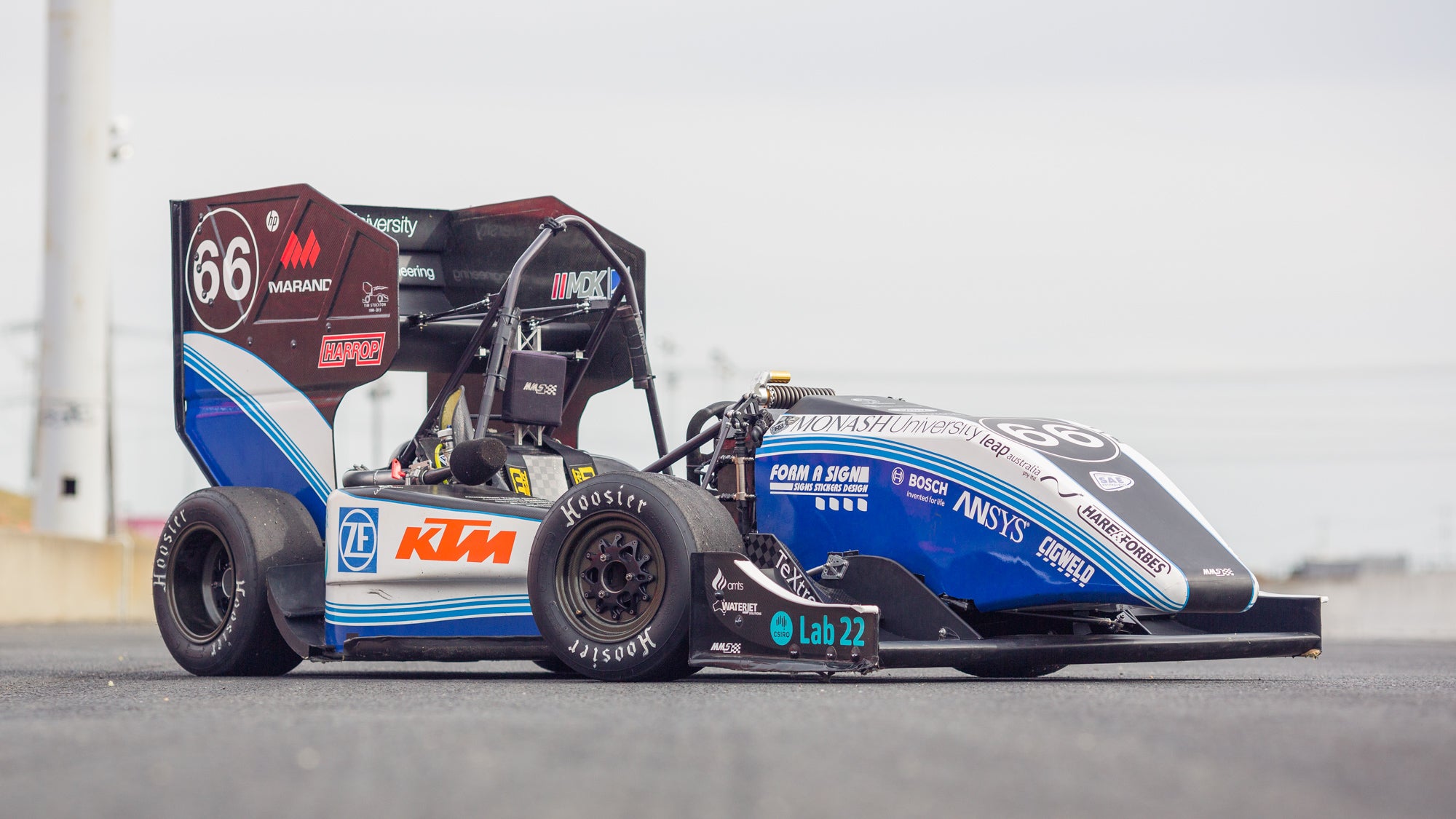 by "TheTurbochargedSquirrel" (thatsquirrel)
by "TheTurbochargedSquirrel" (thatsquirrel)
Published 02/28/2017 at 11:09
 by "TheTurbochargedSquirrel" (thatsquirrel)
by "TheTurbochargedSquirrel" (thatsquirrel)
Published 02/28/2017 at 11:09
No Tags
STARS: 1
So the FIA posted some clarifications on suspension design. Take a look at bullet #4. The suspension design which has been used on Prototypes for years now is not legal in F1.
Any system that changes how the car responds to body accelerations.
No direct coupling between the ride height function and the braking system or the steering system.
Right height control via self-levelling.
Direct coupling between the roll and heave parts of the suspension.
The storing of energy for delayed deployment or any system that would result in non-incidental asymmetry in the response to changes in load applied to the wheels.

Take a look at the design on this LMP. Note the 2 shocks on top which handle roll and the bars which go towards the rear where they are coupled together to handle heave motions. Not allowed in F1 anymore.
 "Wheelerguy" (wheelerguy)
"Wheelerguy" (wheelerguy)
02/28/2017 at 11:31, STARS: 0
Still no MagneRide, though. :p
Either way, interesting stuff. Endurance prototypes get more leeway than I thought.
 "TheTurbochargedSquirrel" (thatsquirrel)
"TheTurbochargedSquirrel" (thatsquirrel)
02/28/2017 at 11:35, STARS: 0
I honestly donít know if F1 teams would go for a magnetic solution. I think they would go for hydraulics.
 "tromoly" (tromoly)
"tromoly" (tromoly)
02/28/2017 at 12:09, STARS: 0
Those bars go back to anti-roll blades instead of a heave spring, donít they? Like on this RC car?

 "chaozbandit" (chaozbandit)
"chaozbandit" (chaozbandit)
02/28/2017 at 12:50, STARS: 0
I donít think a magnetic system would be particularly effective in a pull/pushrod design, but Iím no suspension engineer soooo.
 "TheTurbochargedSquirrel" (thatsquirrel)
"TheTurbochargedSquirrel" (thatsquirrel)
02/28/2017 at 16:10, STARS: 0
I believe most magnetic systems use a cylindrical housing like a hydraulic shock.
 "TheTurbochargedSquirrel" (thatsquirrel)
"TheTurbochargedSquirrel" (thatsquirrel)
02/28/2017 at 16:16, STARS: 0
Images are fubaríd right now but there is a photo of Mazdaís front suspension at icdn1.digitaltrends.com/image/img_2230-1500x938.jpg
You can see how when the corners move independently the interconnect can pivot mostly freely (you are correct that it will provide some level of anti roll) but when both corners are compressed in heave the interconnect acts upon the center shock (some designs utilize a full coilover design with springs). This allows for the main coilovers to be tuned for cornering performance and the central unit to account for bumps and breaking.
 "tromoly" (tromoly)
"tromoly" (tromoly)
02/28/2017 at 18:48, STARS: 0
Not entirely, the individual shocks still have an effect on bump because they act independently of each other in bump. The third spring is really only for aero loads, typically set at a high rate for consistent ride height as aero load increases.
Monashís M15 car has an interconnected system in line with what youíre talking about, featuring one coilover between both bellcranks for bump and individual dampers for roll on each side.
